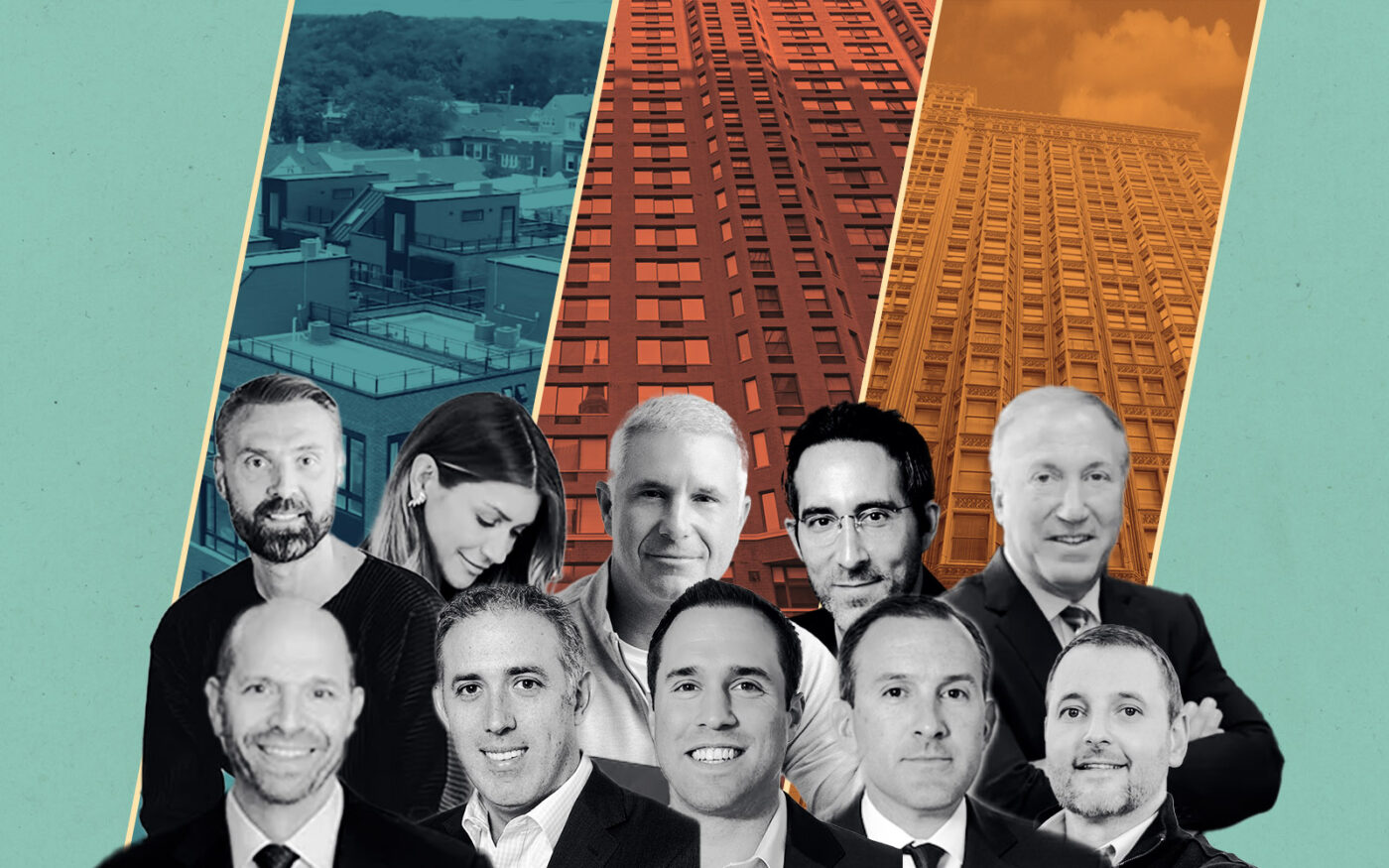More than a dozen major multifamily properties in Chicagoland with floating rate loans are burning more cash than they are bringing in, data from Morningstar Credit shows.
A potential rate cut in September could give such properties — and their landlords — a long awaited boost, if not a potential lifeline.
“In the multifamily market in Chicago, we’re just at the cusp of some of these assets being on the brink of going into a receivership or a distress situation,” said Andy Gutman of commercial real estate firm Farbman Group, which offers receivership services to distressed assets, including multifamily properties. “If there is a rate cut by the feds, I think that could stay some of the issues that are being faced and give some breathing room to owners of multifamily that is much needed at this moment.”
Some properties appear to have strong fundamentals on paper, but fail to turn a profit due to a surge in debt costs.
The Otis, a 92-unit Pilsen property at 1435 West 15th Street owned by CedarSt, boasts a 92 percent occupancy rate but its debt-service coverage ratio or DSCR sits at 0.55. That means the buildings’ revenues only cover 55 percent of its debt service costs. When lender ACRE issued the current $25 million loan for the property in 2021, the building’s DSCR was 1.25, according to Morningstar.
Despite the debt cost troubles, the landlord scored a one-year extension on the loan which will now mature in September 2025, CedarSt principal Alex Samoylovich said. The firm is also in the process of refinancing the property, as it did earlier this year with The Duncan, a 260-unit brick complex at 1515 West Monroe Street.
For other property owners, a rate cut in September might be too little, too late. An analysis from The Real Deal found that out of 14 Chicago-area multifamily properties that carry securitized floating rate debt of at least $20 million, ten are watchlisted by lenders and only two have a DSCR above 1.
“While (a potential rate cut) is a positive sign going forward, it seems that even those investment firms with caps and floors on their rates may still hit a wall with troubles generating enough cash to service debt, but that picture will not be fully formed until after the expected rate cuts are announced,” said Scott Stuart, CEO of the Chicago-based Turnaround Management Association.
Over the past few years, interest rates have piled on millions in additional costs to borrowers with floating rate loans.
The Cityview at Highlands apartments in suburban Lombard, for example, was hit hard by interest rate hikes. One loan servicer report collected by Morningstar noted that the loan’s interest rate increased from 3.3 percent in July 2022 to 7.6 percent in July 2023. As a result, landlord Torchlight Investors had to pay $1.5 million more in interest payments than the year prior. In a more recent report, the servicer noted the rate had climbed again to 7.9 percent.
Despite the tough rate environment, Chicago’s multifamily market began picking up some steam in 2024. The region led the country in rent growth in 2023, leading more multifamily investors to eye opportunities to buy and more sellers to test the market.
So far the results have been a mixed bag.
Out of 16 high-profile multifamily sales reported in the region this year, eight resulted in a gain for the seller, four resulted in a loss, and four had unknown results due to still-unrecorded sale prices or loan information.
With over 20 large scale listings still on the market, a rate cut could improve sellers’ outcomes.
Read more


